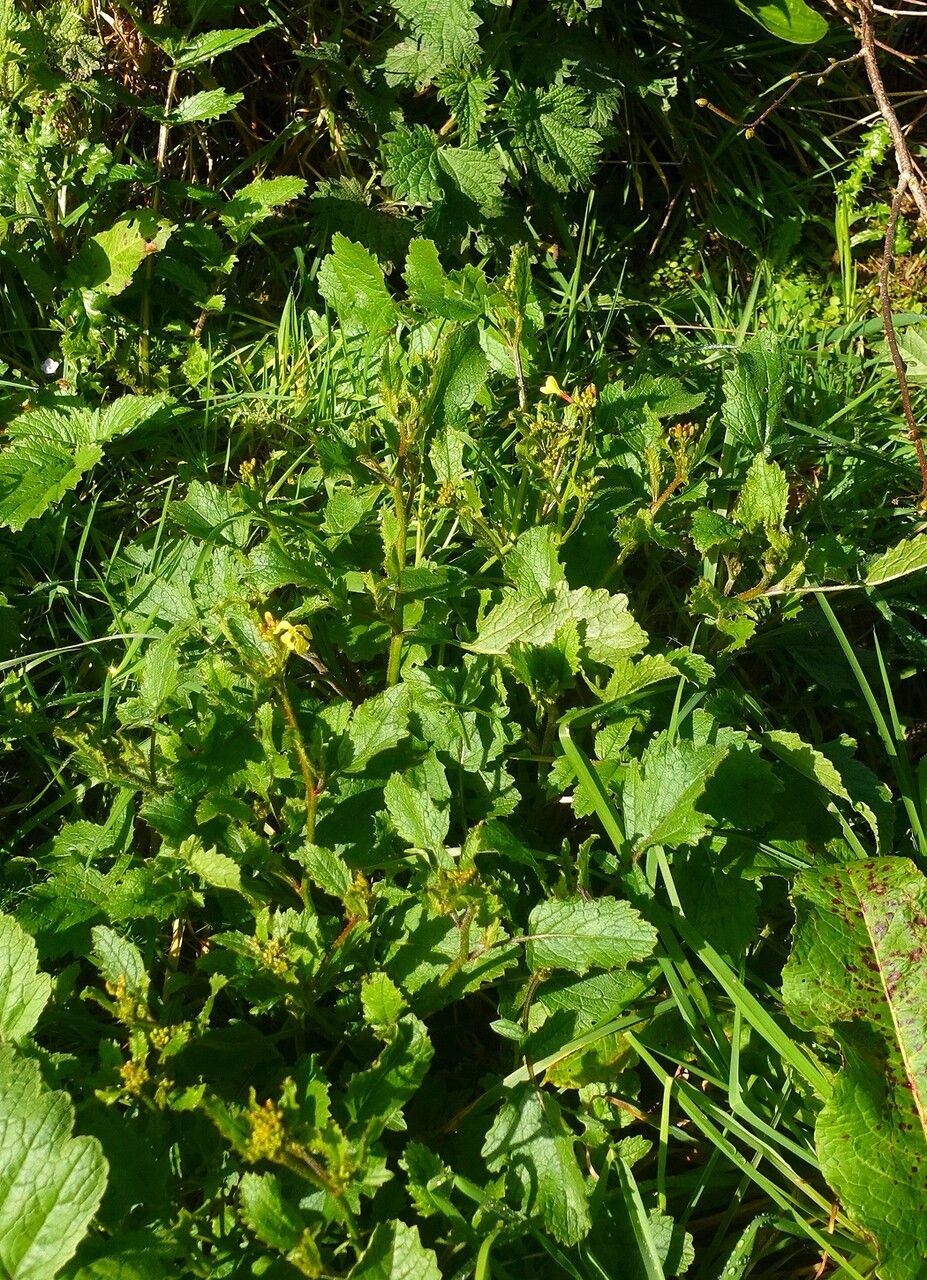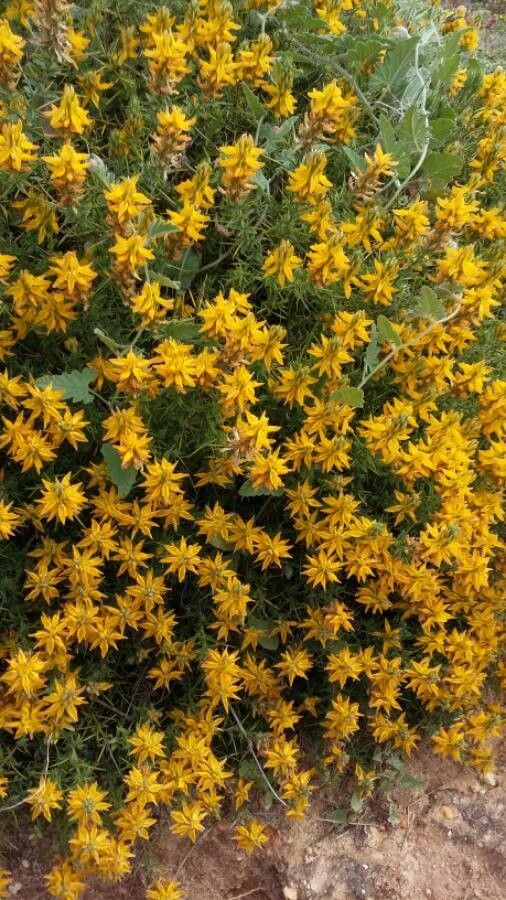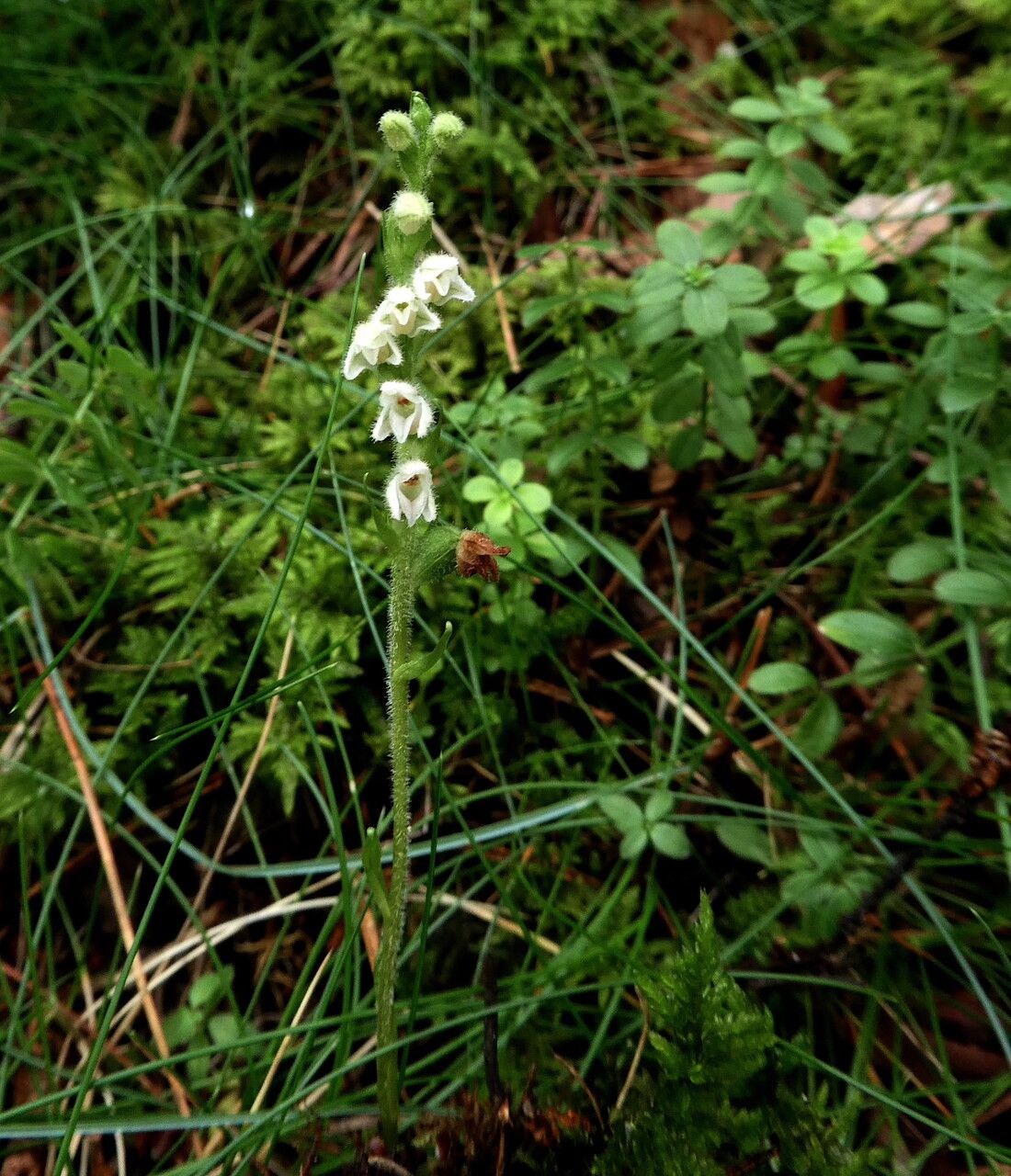## Sea Radish (Raphanus maritimus): A Coastal Gem
Sea radish (Raphanus maritimus), a member of the Brassicaceae family (relatives to cabbages and mustards), is a fascinating coastal plant with a rich history and unique characteristics. This hardy perennial thrives in harsh, saline environments, showcasing remarkable resilience and adaptability. While less commonly cultivated than its garden radish cousins, sea radish offers intriguing possibilities for gardeners seeking unusual and ecologically-minded additions to their landscapes.
### Habitat and Growth
Sea radish is a native to coastal areas of Europe, including the British Isles, and parts of the Mediterranean. It's found growing wild on sandy shores, shingle beaches, and salt marshes, often within reach of the sea spray. Its tolerance to salt and wind makes it a remarkable example of a halophyte (salt-tolerant plant). It spreads easily through seeds, often forming dense colonies in suitable locations. They can tolerate full sun conditions and well-drained soil, even sandy or gravelly soil, but prefer soil with adequate moisture, especially during active growth periods.
### Identifying Sea Radish
Sea radish is easily distinguished by its distinctive fleshy taproot, similar in appearance to a radish but often smaller and with a slightly woody texture. The leaves are lyrate-pinnatifid (meaning they have a large terminal lobe and smaller lateral lobes), and they exhibit a slightly hairy texture. The flowers, borne in racemes, are typically white or pale pink with four petals, typical of the Brassicaceae family. The fruits are long, slender siliques (pods) containing small seeds.
### Cultivation and Care
While sea radish is a wild plant, it's relatively easy to cultivate. Seeds can be sown directly into well-drained soil in spring or autumn. Ensure adequate spacing between plants to allow for growth. While it tolerates salt spray, it doesn’t need to be actively salted. Regular watering is essential, especially during dry periods. Sea radish can be incorporated into coastal gardens, wildflower meadows, or even as a unique addition to rock gardens where its tolerance for harsh conditions shines. The plant has a long taproot, so avoid disturbing it after planting.
### Culinary and Medicinal Uses
Historically, the roots and leaves of sea radish have been consumed as food, particularly in coastal communities. The roots provide a peppery, slightly pungent flavor, while the young leaves offer a milder taste. While detailed culinary applications are somewhat limited, its use as a coastal vegetable offers possibilities for experimenting with wild, local ingredients. There's also limited historical evidence suggesting traditional medicinal uses, but further research is needed to confirm these practices.
### Conservation Status
While not currently endangered, the sea radish population, like other coastal plants, is vulnerable to habitat loss and coastal erosion. Protecting and restoring coastal habitats is crucial to ensuring its continued survival. The increasing popularity of wildflower gardening could also help increase the presence and awareness of this unique plant.
### Conclusion
Sea radish presents a captivating blend of hardiness, beauty, and potential culinary use. This underappreciated plant offers opportunities for gardeners to cultivate a piece of the coastal wild in their own backyards. Its resilience serves as a reminder of the remarkable adaptability found within the plant kingdom.
Sea Radish: Guide to Planting & Care

Frequently Asked Questions
How to grow sea radish from seed?
Sow sea radish seeds directly into well-drained soil in spring or autumn. Ensure adequate spacing between plants. Water regularly, particularly during dry spells.
Is sea radish edible?
Yes, historically the roots and leaves of sea radish have been consumed. The roots have a peppery flavor, and young leaves are milder. However, always confirm edibility with a reliable source before consumption.


